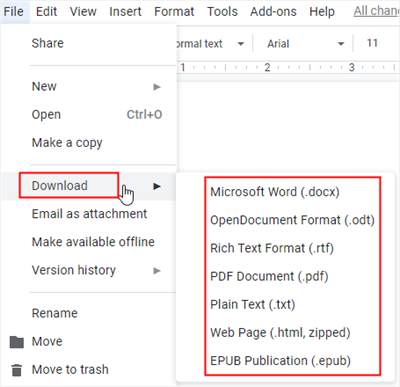
It’s important to know what each of these access levels mean and how changing settings can impact the visibility - and therefore security - of your data and files.įor example, Wired UK reported on a breach where the UK government accidentally revealed some of its future plans for its COVID-19 contact-tracing app by leaving them on a publicly accessible Google Drive. When sharing a document or folder with another user in Google Drive, there’s a number of ways to set access levels, both for individual users (like viewer or editor) and for an organization (like sharing only within the users within your business). Pay close attention to your permissions settings in Google Drive (photo courtesy of Google Developers) #1: Know your Google Drive permissions and best practices H ere are four concepts to understand about Google Drive’s sharing and permissions settings that can help save your organization from a major data loss or breach event. Cloud infrastructures like Google Drive must be secured to protect data while preserving the best user experience possible. And not a moment too soon with the exodus of employees from the office to working from home. 59% can see data from other departmentsįortunately, taking control of your organization’s Google Drive permissions is easier than ever.



More than 90% of organizations store data in the cloud, and 60% rely on cloud file storage systems like Google Drive to collaborate across remote teams, internal departments, and external partners. Google Drive is built for easy access, sharing, and management of files and folders for personal and business users.


 0 kommentar(er)
0 kommentar(er)
